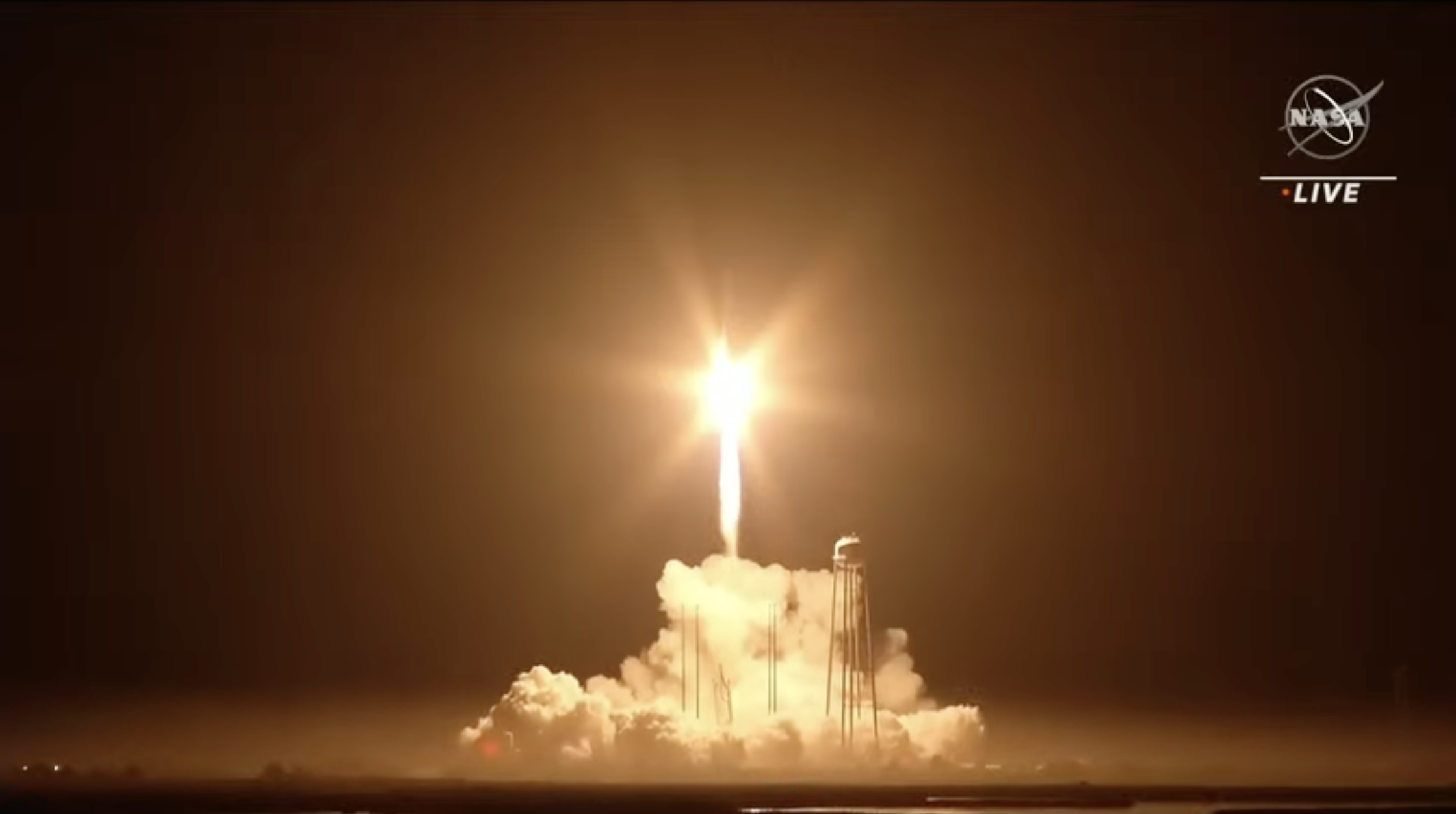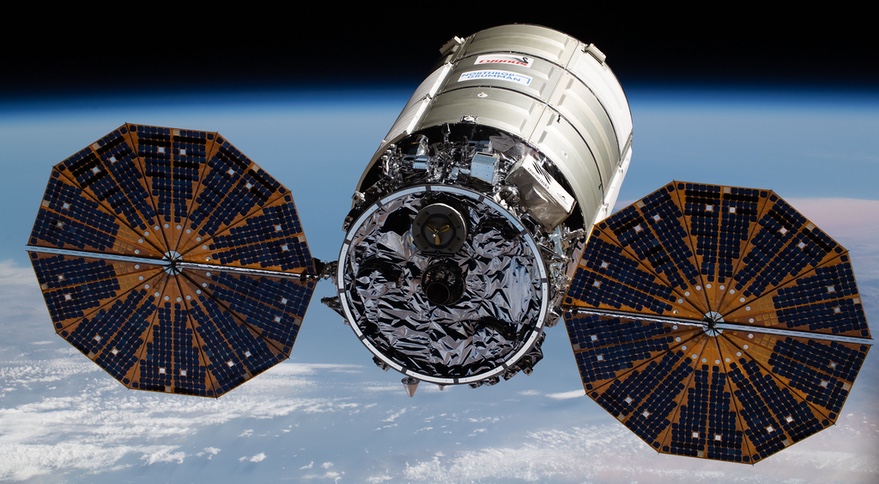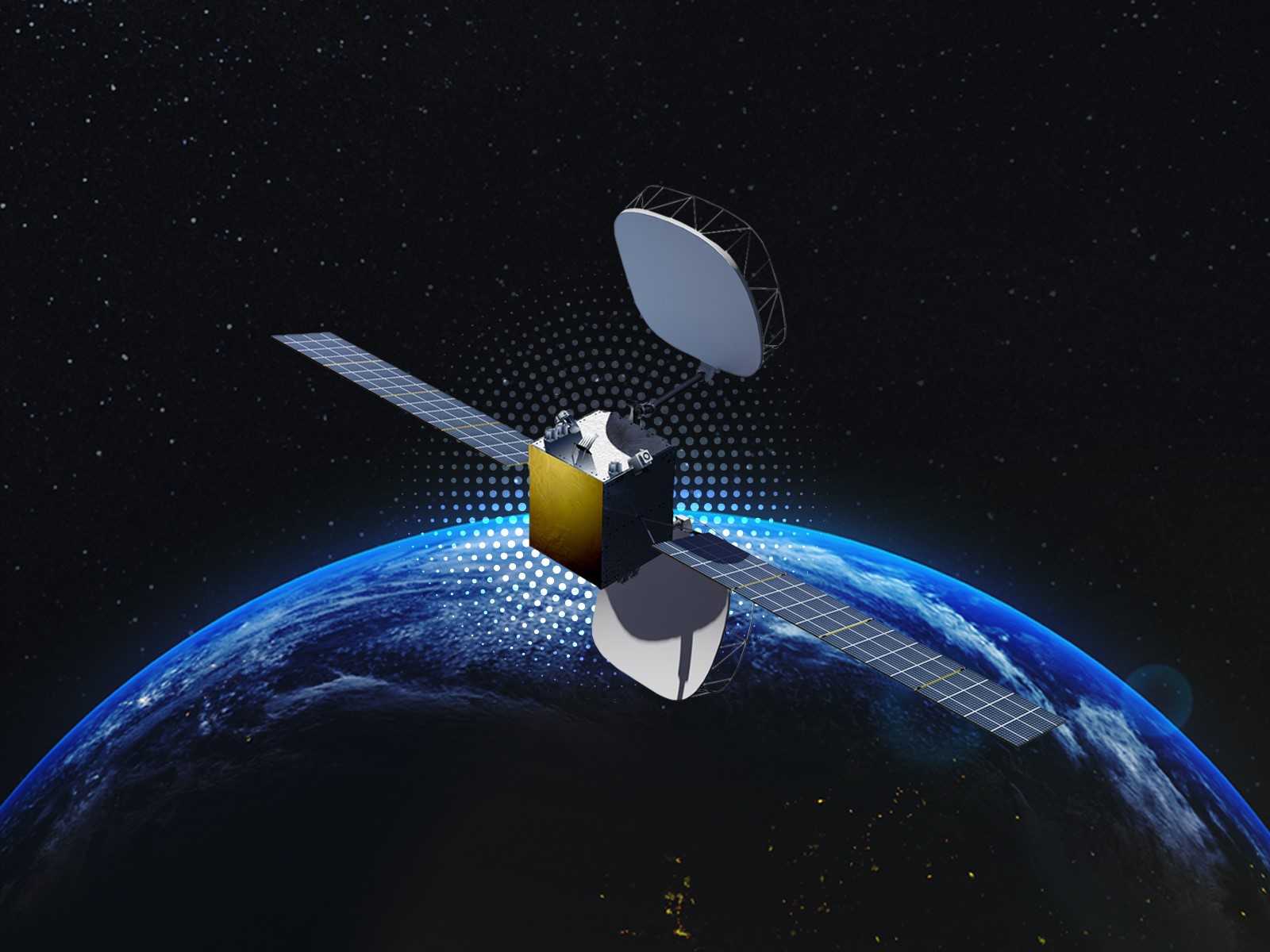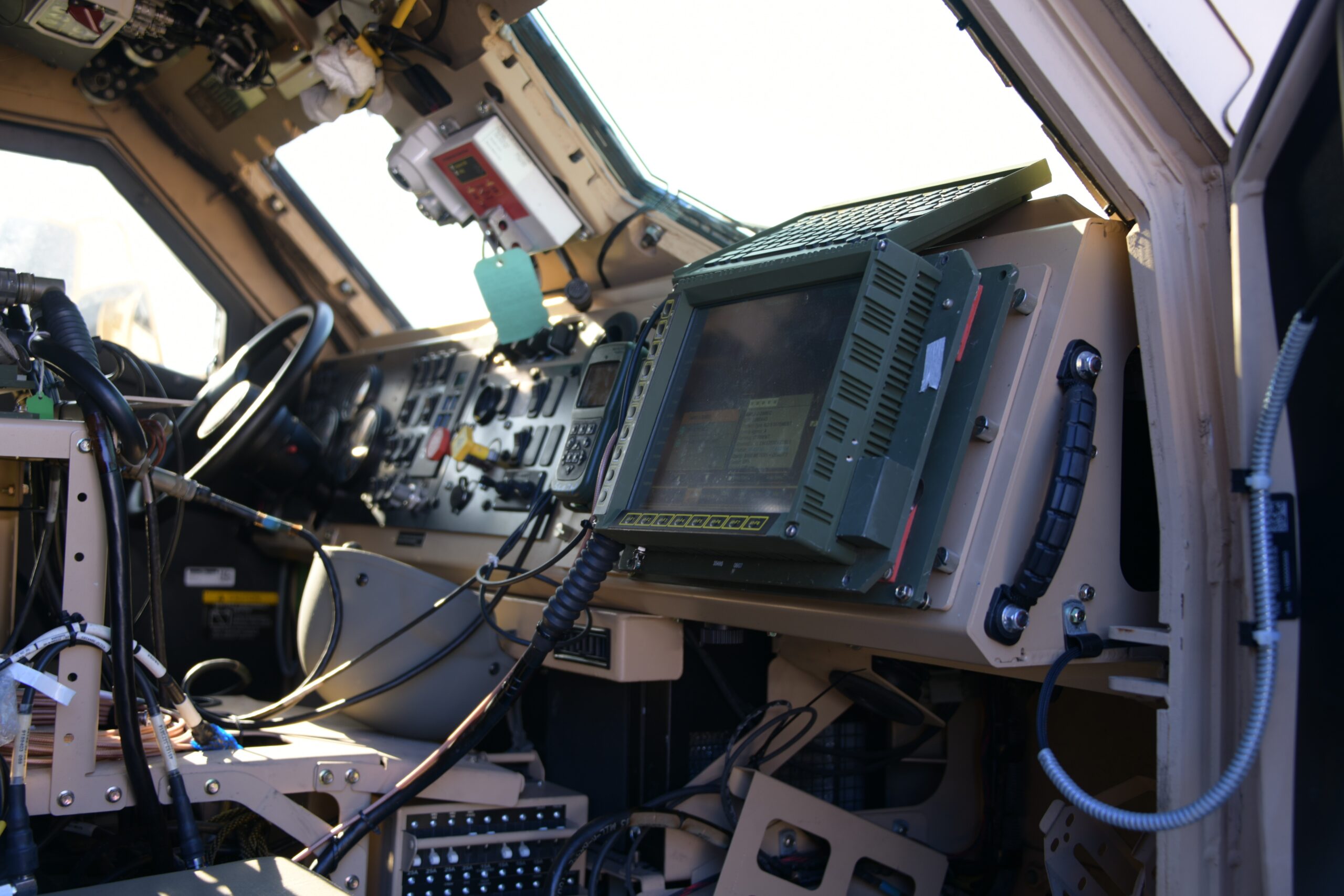Antares launches Cygnus cargo mission to ISS
Original Publication Date: 2022-11-07 11:15

The Antares 230+ rocket lifted off from Pad-0A at NASA's Wallops Flight Facility in Virginia. The rocket placed a Cygnus spacecraft into orbit that is set to arrive at the ISS early Nov. 9. The spacecraft is delivering 3,749 kilograms of cargo, including crew supplies.
Cygnus solar array fails to deploy
Original Publication Date: 2022-11-08 00:35

NASA is weighing whether it is safe for a Cygnus spacecraft to approach the International Space Station. One of two solar array failed to deploy hours after launch Nov. 7. NASA: Northrop Grumman is gathering data on the second array deployment. Cygnus had sufficient power to rendezvous with the station as planned early Nov. 9.
Safran buys Syrlinks space-based radio frequency business
Original Publication Date: 2022-11-07 22:53

French aerospace giant Safran says it is extending its ground communications expertise to space. Safran already provides antennas and modems for ground stations. Syrlinks, also based in France, specializes in radiocommunications and radio navigational technologies. The company employs about 140 people and was sold for an undisclosed sum.
Intelsat orders small GEO satellite from 3D printing specialist
Original Publication Date: 2022-11-07 20:34

Swissto12 has sold its first small satellite to Intelsat for a launch in 2025. Intelsat 45 (IS-45) will be based on Swissto12’s HummingSat satellite platform. At about the size of a dishwasher, HummingSats are one-tenth the size of conventional GEO satellites.
Inmarsat wins $410 million U.S. Army contract to connect tracking devices
Original Publication Date: 2022-11-07 19:56

Inmarsat Government will provide internet-of-things satellite connectivity for U.S. Army Blue Force Tracker devices. The contract is for the Army’s Blue Force Tracker network services. Inmarsat Government, based in Reston, Virginia, is a subsidiary of British communications satellite operator Inmarsat.
Cygnus cargo ship launches to space station, deploys one of two solar arrays – Spaceflight Now
Original Publication Date: 2022-11-07 00:00

Northrop Grumman launched a Cygnus supply ship into orbit from Virginia on Monday. The Cygnus spacecraft was expected to open its fan-shaped solar arrays a few hours after launch, then perform a series of orbital adjustment burns to fine-tune its approach to the space station. NASA said later Monday morning that teams only confirmed one of the two solar arrays deployed.
NASASpaceFlight.com
OneWeb has resumed deployment of its satellite constellation with the launch of 36 satellites aboard India’s GSLV Mk.III rocket. The mission – which marks the first commercial launch for the GSLV – lifted off from the Satish Dhawan Space Centre on Sunday, Oct. 23.
Commercial Archives
Northrop Grumman has launched the second to last Antares 230+ rocket from Wallops Island, Virginia. Launch was originally planned for Nov. 6; however, a fire alarm in Cygnus’ mission control center for a scrub for the day and 24-hour recycle.
International Archives
China successfully launched the Zhongxing-19 mission on a Chang Zheng 3B/E rocket today. The rocket took off at 11:50 UTC from the Xichang Satellite Launch Center in China and launched into geostationary transfer orbit (GTO) This launch is a replacement payload for the previously malfunctioned Zhongxing 18 satellite, which was initially launched on the same rocket configuration in August 2019.
ISS Updates – Spaceflight101 – International Space Station

A veteran NASA spacewalker and an EVA rookie from Japan ended their week with nearly six hours of work outside the International Space Station. The restoration of the Station’s Mobile Servicing System started last year and continued in January to provide Canadarm2 with a new pair of grappling hands.
Featured – Spaceflight101

SpaceX launches a Dragon spacecraft into orbit for a critical delivery of science gear, supplies and maintenance hardware to the International Space Station. The Dragon is the first of at least six cargo ships inbound to the U.S. Segment of ISS this year. The SpaceX Falcon 9 took to the skies over Florida’s Cape Canaveral Monday afternoon.
News – Spaceflight101

Russia's Rockot booster set to blast off from the Plesetsk Cosmodrome at 17:57 UTC with the Sentinel-3B multi-function satellite. Sentinel-3B is Europe’s next addition to the Copernicus satellite fleet. Read more at: http://www.dailymail.co.uk/satellite-news/2013/01/25/satellite-satellites-to-be-launched-on-Wednesday.html#storylink=cpy.
Re-Entry: Long March 11 Rocket Body – Spaceflight101

The upper stage of a Long March 11 rocket re-entered the atmosphere on April 29, 2018 after only three days in orbit. Lifting a cluster of five commercial Earth-imaging satellites into a 500-Kilometer orbit, the CZ-11 fourth stage used leftover propellant for a partial de-orbit maneuver. Exact details on the fourth stage of China’s new Long March 11 launcher are not available.
Satellites Help Scientists Track Dramatic Wetlands Loss in Louisiana

NASA-funded researchers quantified those wetlands losses at nearly 21 square miles (54 square kilometers) per year since the early 1980s. Some of those wetlands were submerged by rising seas; others were disrupted by oil and gas infrastructure and hurricanes. But the primary driver of losses was coastal and river engineering.
As Psyche Mission Moves Forward, NASA Responds to Independent Review

NASA and Jet Propulsion Laboratory respond to independent review board's findings. Psyche mission missed its planned 2022 launch opportunity. Review board found imbalance between workload and available workforce at JPL. NASA will work closely with JPL management over the coming months to address the challenges.
NASA to Discuss Psyche Independent Review Board Results

NASA will host a community town hall at 12 p.m. EDT (9 a.m. PDT) on Friday, Nov. 4. Members of the science community, academia, media, and public, are invited to join the discussion online. Following the town hall, NASA will host a media call.
NASA Prepares to Say ‘Farewell’ to InSight Spacecraft

InSight’s seismometer has detected more than 1,300 marsquakes since the lander touched down in November 2018. The lander data has yielded details about Mars’ interior layers, its liquid core, the surprisingly variable remnants beneath the surface.
NASA Solar System Ambassadors: Sharing the Science for 25 Years

NASA’s Solar System Ambassadors Program is celebrating its 25th anniversary in fall 2022. The program is funded by NASA’s Science Mission Directorate and is managed by NASA’’s Jet Propulsion Laboratory in Southern California. In the spirit of a genuine grassroots endeavor, the Solar System Ambassadors program was originally called the Galileo Ambassador Program.
Haunting Portrait: NASA’s Webb Reveals Dust, Structure in Pillars of Creation

The Pillars of Creation is set within the vast Eagle Nebula, which lies 6,500 light-years away. This scene was first captured by NASA’s Hubble Space Telescope in 1995 and revisited in 2014. As a result of the new MIRI image, astronomers now have higher-resolution data in mid-infrared light than ever before.
NASA’s Lunar Flashlight Ready to Search for the Moon’s Water Ice

Lunar Flashlight will be the first mission to use a four-laser reflectometer to look for water ice on the Moon. The reflectometer works by using near-infrared wavelengths that are readily absorbed by water to identify ice on the surface. It’s thought that molecules of water come from comet and asteroid material impacting the lunar surface, and from solar wind interactions with the lunar regolith.
